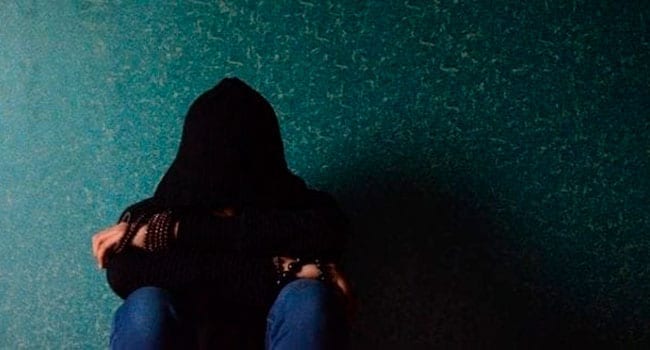 The United Nations consistently includes New Zealand in its list of the happiest countries on the planet. Yet in the midst of all this happiness there’s very deep unhappiness: New Zealand’s teenage suicide rate is now the worst in the world.
The United Nations consistently includes New Zealand in its list of the happiest countries on the planet. Yet in the midst of all this happiness there’s very deep unhappiness: New Zealand’s teenage suicide rate is now the worst in the world.
How can this profoundly unsettling anomaly be explained?
The answer becomes apparent when the racial backgrounds of the suicidal teenagers are examined. Just as in Canada, where Indigenous youth account for a tragically disproportionate number of suicides, so it is in New Zealand, where the Indigenous population, the Maori, are disproportionately represented in the suicide numbers.
In Canada, the problem of teenage suicide is particularly troubling in remote First Nations communities, which are characterized by high unemployment and all the social problems stemming from dependency. It appears youth in such communities are often adrift and lack a sense of purpose.
Many possible reasons are offered for this sad phenomenon in New Zealand and they’re virtually the same as the reasons postulated for the high rates of suicide among Indigenous youth in Canada: poverty, colonialism, residential schools and many others. There’s truth in all these explanations.
However, many of these young people – in New Zealand and Canada – don’t fit into these categories. Many are not poor, they are hundreds of years away from colonial times, and in many cases they or their families have no connection with residential schools. (In New Zealand, as in Canada, only a small percentage of the Indigenous population attended boarding schools.)
So what accounts for those awful statistics?
The single most important factor that connects the New Zealand and the Canadian youth who consider suicide their only option is the feeling that they don’t fit into the modern world. They are half way between – neither living a traditional Indigenous life nor feeling that they’re accepted into the life of the mainstream.
These young people have no reason to believe their circumstances will change for the better. First Nations communities remain locked into a 50-year-old political structure tightly controlled by the federal departments, where ordinary people are powerless to influence policy decisions directly impacting their lives. Powerlessness is enormously destructive. That’s where hope for a better future is lost, as are young lives.
What can we do about the problem?
The answer certainly includes helping to instil pride in the culture and language of these young people, as well as supporting their leaders in efforts to improve all aspects of life in their Indigenous communities.
However, the single most important thing we can do as a society is to improve their employment prospects. This includes education at all levels, as well as training. It also includes programs that offer assistance to the young people who want to leave low employment communities for centres where they’re more likely to find meaningful employment.
The other essential part of the package would be government and community programs for motivated individuals to get the help they need to prepare themselves for the problems they will encounter when trying to become successful in what is to them is almost an alien world.
New Zealand, Australia, the United States and Canada all wrestle with the intractable problem of high numbers of Indigenous teenage suicides.
We all have a duty to find ways of responding to this difficult problem.
Brian Giesbrecht is a retired judge and senior fellow with Frontier Centre for Public Policy.
The views, opinions and positions expressed by columnists and contributors are the author’s alone. They do not inherently or expressly reflect the views, opinions and/or positions of our publication.

